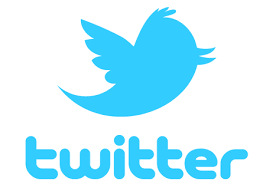
The Art of Balance: Dr. Ira Bernstein’s Strategies for Ankle Stability
In the realm of sports, fitness, and everyday movement, ankle stability is a crucial yet often overlooked aspect of overall health and performance. Dr Ira Bernstein, a renowned expert in sports medicine, sheds light on the importance of maintaining ankle stability and offers valuable insights into achieving it effectively.
Ankle stability is not merely about preventing sprains or injuries; it is about optimizing the body’s foundation for movement and enhancing performance across various activities. According to Dr Ira Bernstein, achieving and maintaining ankle stability is a multifaceted endeavor that involves a combination of strength, flexibility, proprioception, and proper biomechanics.
One of the key components emphasized by Dr. Bernstein is the importance of building strength in the muscles surrounding the ankle joint. This includes the calf muscles, tibialis anterior, peroneals, and intrinsic foot muscles. Strengthening these muscles not only provides support to the ankle joint but also enhances proprioception – the body’s ability to sense its position in space, thus reducing the risk of injury.
In addition to strength training, flexibility plays a crucial role in maintaining ankle stability. Tightness in the calf muscles or limited range of motion in the ankle joint can predispose individuals to injury. Dr Ira Bernstein recommends incorporating regular stretching exercises into one’s routine to improve flexibility and mobility in the ankle joint.
Furthermore, proprioceptive training is essential for enhancing balance and coordination, both of which are integral to ankle stability. Simple exercises such as single-leg balance drills or using balance boards can help improve proprioception and reduce the likelihood of ankle injuries, especially in athletes participating in sports that involve rapid changes in direction or uneven terrain.
Dr. Bernstein also emphasizes the significance of proper biomechanics in preventing ankle injuries. This involves paying attention to factors such as foot posture, gait mechanics, and footwear choices. For individuals with specific biomechanical issues, custom orthotics or footwear modifications may be recommended to optimize ankle alignment and function.
Moreover, Dr. Bernstein advocates for a holistic approach to ankle stability that includes not only physical exercises but also proper nutrition, adequate rest, and injury prevention strategies. By addressing all aspects of wellness, individuals can create a solid foundation for optimal ankle health and performance.
In conclusion, maintaining ankle stability is essential for overall health, fitness, and athletic performance. Dr. Ira Bernstein’s insights underscore the importance of incorporating strength, flexibility, proprioception, and proper biomechanics into one’s routine to achieve optimal ankle stability. By following these strategies, individuals can reduce the risk of ankle injuries and improve their overall quality of life.







